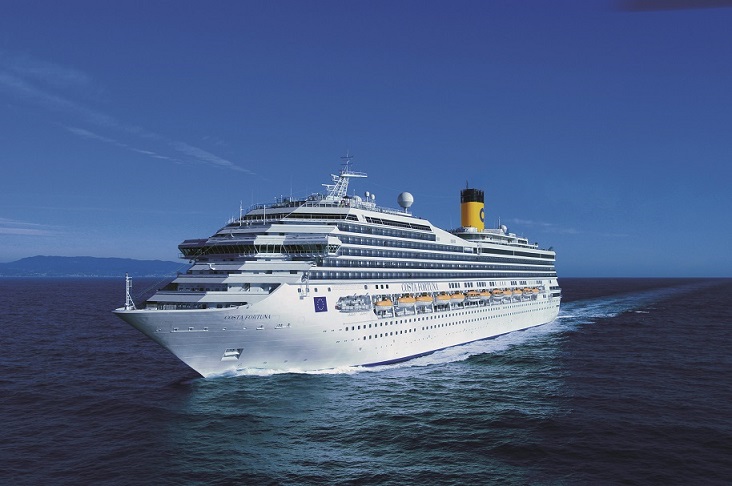The increase in cruise ship sizes and the rapid growth in cruise holidays comes at a significant environmental cost, a new report published by Transport & Environment (T&E) shows.
The world’s biggest cruise ships are now twice as big as they were in 2000. If they continue to grow at this rate, the biggest cruise ships in 2050 could amount to a staggering 345,000 gross tonnage, making them almost eight times bigger than the Titanic, according to T&E.
The global cruise industry has boomed over the past half a century, with the number of ships rising twentyfold from only 21 in 1970 to 515 today. A combination of more and bigger cruise ships means that CO2 emissions from cruise ships in Europe were nearly 20% higher in 2022 than they were in 2019 before the pandemic.
“Today’s cruisezillas make the Titanic look like a small fishing boat. How much bigger can these giants get? The cruise business is the fastest growing tourism sector and its emissions are quickly getting out of control,” Inesa Ulichina, Sustainable Shipping Officer at T&E, commented.
As a result of such rapid growth, these floating cities emit more greenhouse gases and pollutants than ever before.
In January 2024, the world’s largest cruise ship to date, the Icon of the Seas, started operation. The floating city contains 40 restaurants, 7 swimming pools and can carry 7,600 passengers. It is longer than 15 blue whales and is five times bigger than the Titanic.
In the face of backlash, many cruise operators are switching to liquefied natural gas (LNG) as an alternative to traditional shipping fuels like heavy fuel oil. LNG-powered ships make up 38% of global cruise ship orders today. While LNG emits less pollutants and CO2 when burned, it releases methane, a greenhouse gas over 80 times more potent than CO2. Methane slips from LNG engines can make these ships more harmful to the climate than traditional shipping fuels.
“The only green and scalable solution for decarbonising maritime activities is e-fuels. Cruising is a luxury business and operators must take responsibility for their climate impact. If they want to avoid becoming increasingly unwanted visitors, they must clean up their act,” Ulichina added.
Green e-fuels could power almost 4% of European shipping in 2030, a recent T&E study shows. The limited availability of e-fuels and their bunkering infrastructure should be less of an issue for the cruise ships, says T&E, as they sail on the same routes with clear schedules, making their fuel refueling needs and timings predictable and relatively easy to plan.
It can also be financially beneficial for cruise operators to switch to green fuels, the latest study shows. Due to the EU’s carbon price on ships which took effect from the beginning of this year, and progressively increasing FuelEU Maritime penalties for using the dirtiest shipping fuels from 2025, sailing only on fossil fuel will become 13% more expensive than blending 4% of e-methanol into the fuel mix in 2030. The cost increase when sailing on fossil fuel compared to blending e-fuels could reach more than 30% in 2040 and over 80% in 2050.
Cruise ships are currently exempt from fuel duties, corporate taxes and most of the consumer taxes that other modes of transport are subject to. A €50 ticket tax on a typical cruise ticket would bring in €1.6 billion globally, according to the analysis. This could provide crucial climate finance and ensure that luxury forms of travel are taxed, T&E concluded.

